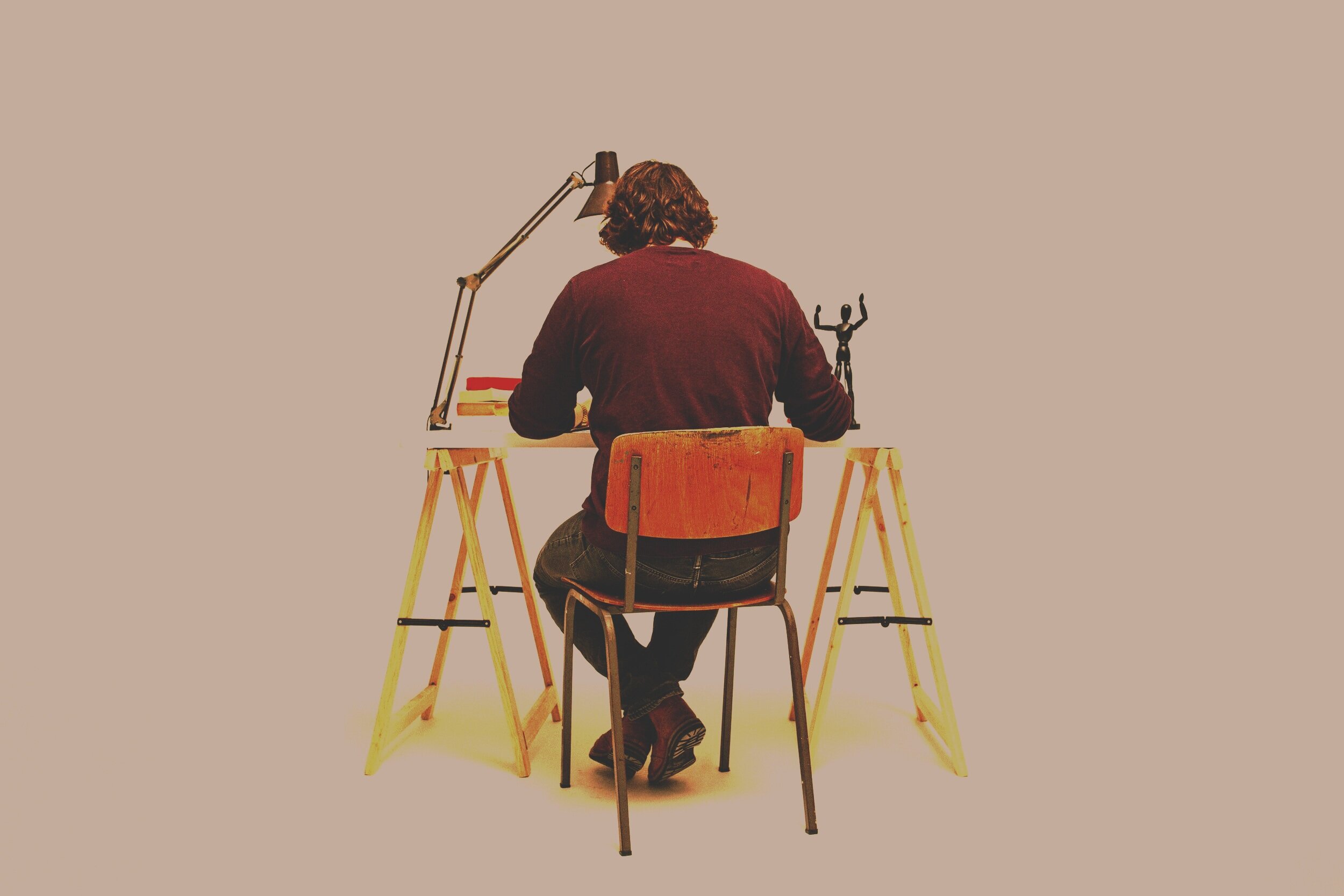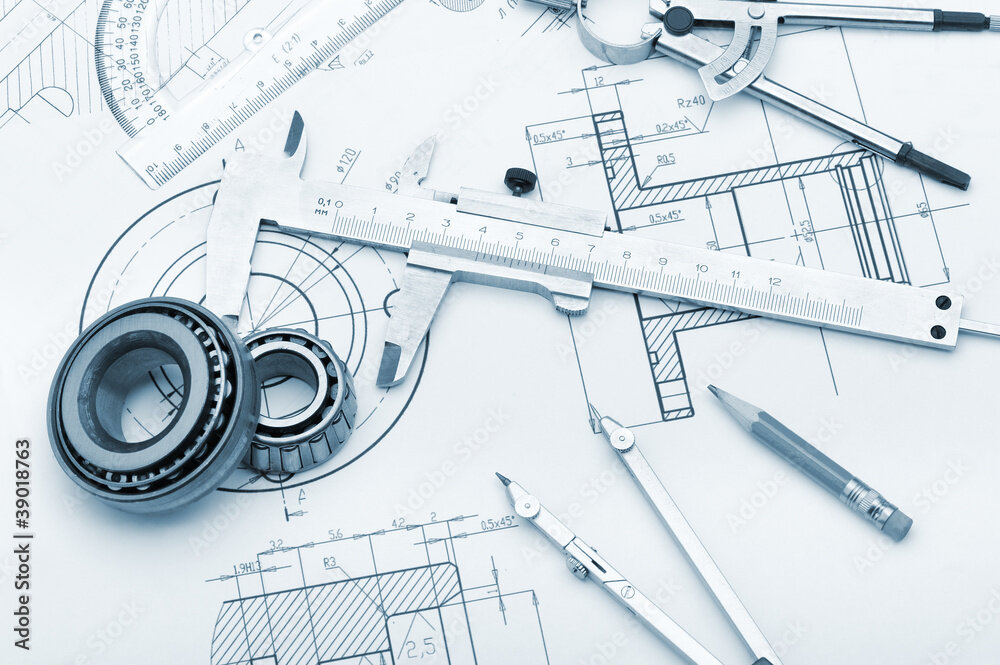Design inspiration can come from unexpected places—like a garden. This article looks at how the core principles behind garden design—unity, balance, contrast, and more—can be applied beyond landscaping to fields like engineering, product development, and user experience. By examining the purpose and planning behind well-known gardens, we uncover how thoughtful design rooted in nature can lead to more intentional, people-focused creations in any discipline.
All in Design Methods
Caution: Road Construction Design Ahead
Road construction is a hallmark of American road experiences – and it's not necessarily a cherished one. However, breakthroughs in nanotechnology hold promising possibilities to not only fix potholes but also reinforce infrastructure for decades to come. Dive into the design principles behind these concrete innovations in this brief discussion.
Designing an Ice Cream Flavor: Crafting an Adventure
Designing a new ice cream flavor is an adventure! Read what Dylan Conover discovered after talking to Chef John, an ice cream designer.
Decomposition in Design
I immediately realized that decomposition could be translated into other aspects of life. It became an essential part of how I view and approach any problem.
Why Study the Design Process?
Why would you undertake a deep study of engineering design, or the design process, when you could go about design on your own and learn from your own experience? There is value to be gained from studying design, and I want to add my own take on why studying design is an important complement to hands-on experience.
Engineering with an Impact
Making a lasting change is my biggest goal in life, and I hope to share in this article the things that I have learned about how to be an engineer with impact. In voicing what has helped me to be more impactful in my undergraduate career up to this point, I hope you can gain more insight into what you can do from day to day to do the same.
Design Thinking Part 4: Framing and Reframing Design Problems
Problem framing is about uncovering the actual problem worth solving – which is often hidden to everyone when the design process begins. A key part of framing and reframing is to see the problem from various perspectives and to search for best match between the problem frames and the solution candidates. This article provides the basics of problem framing and positions it as the backbone of Design Thinking.
How Artificial Intelligence Can Improve Engineering Design
Have you thought about how AI will affect your design work? I’m excited for the ways that AI can facilitate product realization work, and in this article I describe why.
Beyond Paper: How to Make Origami Out of Thick Materials
Many people either know about origami, have seen others fold origami, or have folded it themselves, but very few people can translate origami crease patterns into 3D objects and designs. That skill is necessary to take origami from a hobby to an engineering tool. I want to push your origami knowledge and exposure just a little deeper and go beyond the paper pattern. Specifically, after reading this article, you’ll be able to make an origami tessellation pattern out of materials thicker than paper.
What is Systems Design? Part 3: The Case for Model Based Systems Engineering
Here in Part 3 we tackle the challenge of performing systems design at various points on the system design spectrum in a planned and coordinated manner such that all designs, small and large, are properly specified, decomposed, allocated, tested, and integrated into a desirable and successful complete system.
A Spoonful of Paper Helps the Prototype Go Down
I’ve come to learn is that the prototyping stage can (and should) belong at the very beginning of the design process. This article will focus on the role that early prototyping – specifically paper prototyping – can play in developing strong designs.
Visual Thinking Exercises for Engineers
Visual thinking skills enables good sketching. Good sketching facilitates rapid design iteration. Good design emerges from significant iteration. Based on this logic, visual thinking skills are foundational to good design.
From Chaos to Clarity in the Design Process
It's the nature of design to be messy and complicated. Eventually what felt chaotic in design becomes clear. Making that transition from chaos to clarity is greatly facilitated by checking four things about your process. This article discusses those four things.
The Risky Business of Design
If skateboard legend Tony Hawk were a design engineer, what do you think his design process would be? We suspect he would not settle for the obvious. Choosing a final concept during the design process can be challenging and risky. Teams generate many ideas during the concept development phase, and it can be difficult to select the best one. On rare occasions, choosing two concepts and taking them further into the design process at the same time is better than just choosing one.
Learn to Sketch: Shading and Shadowing Cylinders
Until recently, how to shade and shadow cylindrical objects has been a mystery to me. I had known there should be areas on the surface shaded lighter and others darker, but I didn’t quite know where those should be. Understanding the physics and practicing the sketches in a detailed way (a few times) helped me lock in the core concepts. Now I can sketch them quickly without trouble. This article shares the physics and provides a step-by-step process for skill building.
Design Thinking Part 3: Design Thinking as a Mindset
This part of the Design Thinking series describes the mindset of expert designers. The article argues that the mindset of Design Thinking is enabling and freeing because it represents the beliefs that the designer uses to choose good design actions at appropriate times given the unique characteristics of the problem being solved.
Understanding the Impact of Products: An Introduction to the 11 Social Impact Categories
Every single product that has been made, is currently being made, or will be made has economic, environmental, and social impacts. How can we design to have better impacts and what are social impacts? Read on to find out.
Design Thinking Part 2: Design Thinking as a Step-by-Step Process
Design Thinking is not new. It’s been around for decades. The first attempt to turn it into a process was in 1969. Contemporary forms of that process still exist today, the most popular being the 5-step process introduced by the Stanford Design School in 2005. This article describes that process and other techniques that will help you try-out Design Thinking.
Design Thinking Part 1: Basic Concepts and Principles
Design Thinking is a powerful and popular topic, but it is also illusive and ill-defined. This article demystifies Design Thinking just enough so you can begin benefitting from what it offers. This is the first of a 5 part series on Design Thinking, where this first part provides basic definitions, view points, history, and Design Thinking exercises.
How Many Samples Do I Need? Determining Sample Size for Statistically Significant Results
Anyone who has designed anything -- whether that be a new medicine, a design method, or even a new recipe -- has faced the question: “Is this better than what I had before?” If you’re just deciding whether or not you like a new recipe, getting an answer is straightforward. If you are in an academic or industrial setting you must also answer an even more important question: “Can I prove that this is better?”



















